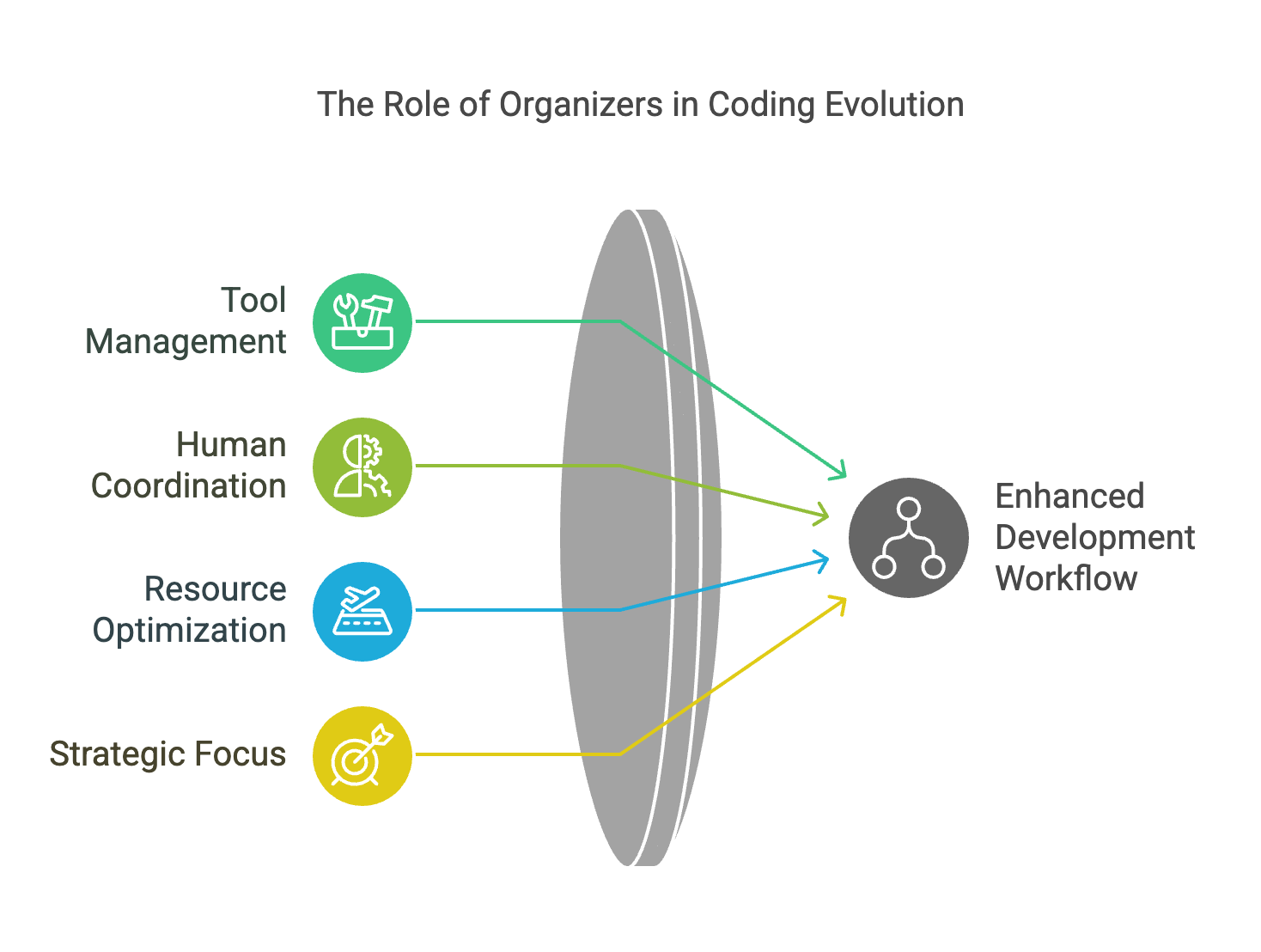A Short Review of Evolution of Code Editors

As Artificial General Intelligence (AGI) advances, tools like Copilot, Cursor, and Windsurf exemplify how AI evolves across the five stages of AGI—transforming from assistants to autonomous collaborators in coding.
Chatbots / Autocomplete: Early Beginnings
In its initial iterations, Cursor Editor acted as a conversational assistant, similar to a chatbot. It could interpret commands and provide basic coding support, offering syntax suggestions and answering straightforward programming queries. However, the tool lacked the sophistication to truly assist with complex coding workflows.
Reasoners: From Commands to Contextual Understanding
By mid-2024, Cursor had entered the Reasoner stage. At this point, it could interpret user instructions and modify specific sections of code effectively. Developers could request changes, and Cursor would deliver contextually accurate updates.
However, tasks like linting, testing, and running terminal commands still required manual orchestration. While Cursor had a solid understanding of coding semantics, its scope remained confined to the modifications requested, leaving workflow integration to human expertise.
Agents: Taking Initiative
The introduction of Cursor's Windsurf Cascade feature in late 2024 marked a leap into the Agent stage. Now, Cursor could autonomously decide which tools and workflows to employ when completing coding tasks. It might choose to refactor code, run tests, or suggest deployment optimizations based on the task at hand.
Crucially, this stage introduced a human-in-the-loop process: Cursor would propose actions but relied on developers to approve, reject, or manually refine its modifications. This balance allowed developers to maintain control while benefiting from Cursor’s growing autonomy.
Innovators: Creativity in Action
As Cursor Yolo Mode and Windsurf's Full Automation emerged at the end of 2024, the tool entered the Innovator stage. Cursor began handling end-to-end coding workflows autonomously, from coding changes to testing and deployment. It demonstrated an ability to independently resolve edge cases, adapt to unforeseen issues, and optimize solutions.
For developers, this represented a paradigm shift. Cursor was no longer just an assistant but a co-creator—a system capable of producing high-quality, innovative solutions with minimal oversight. Yolo Mode’s ability to self-approve actions until task completion epitomized this newfound autonomy.
Organizers: The Future of Coding Tools

The final stage, Organizers, lies just over the horizon. Cursor, in this stage, would not only autonomously manage entire development workflows but also coordinate with other tools and systems, as well as human developers. Imagine a coding environment where Cursor directs the testing suite, communicates with project management tools, and integrates directly into CI/CD pipelines—all while optimizing resource allocation and ensuring team alignment.
This level of orchestration would enable teams to focus on high-level strategic goals, leaving the granular details of software development to a trusted, intelligent collaborator.



